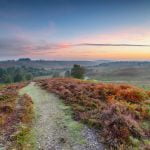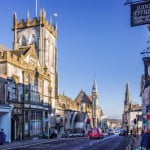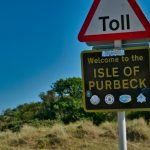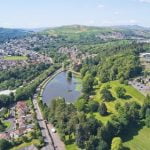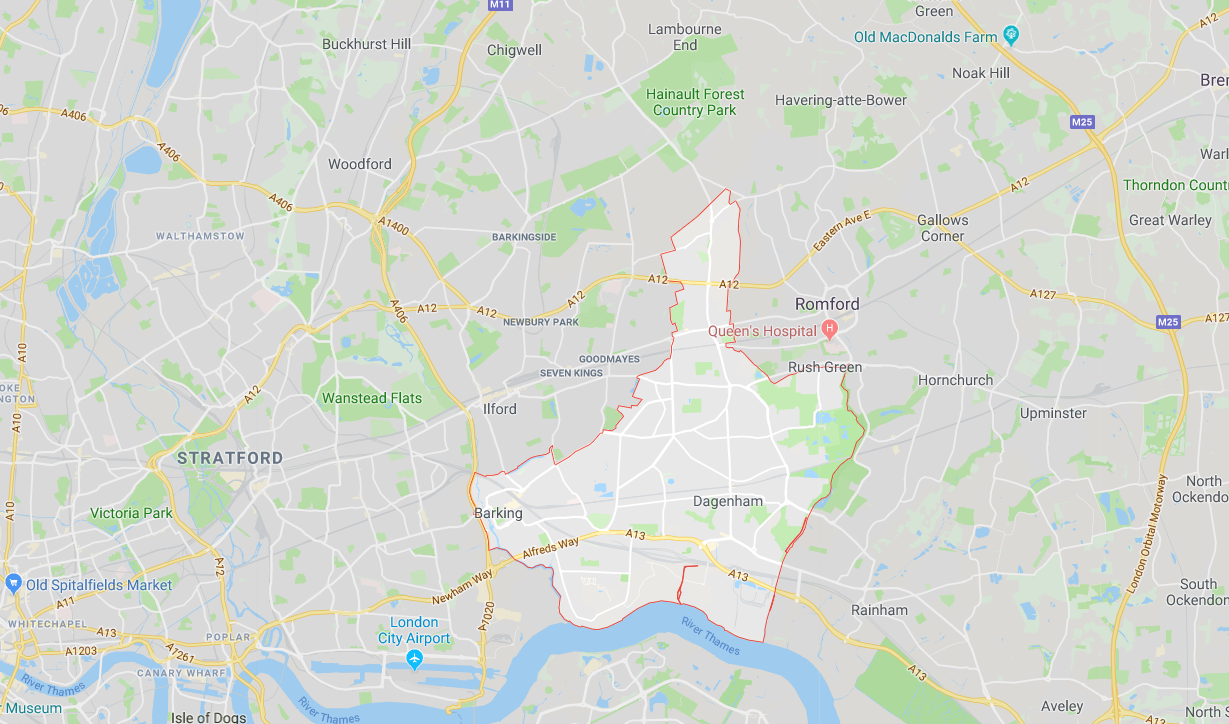

By Greater_London_UK_district_map_(blank).svg: Nilfanion, created using Ordnance Survey data
derivative work: Renly (talk) - Greater_London_UK_district_map_(blank).svg, CC BY-SA 3.0, Link
The London borough located in the east of London (as shown in the map across) is twinned with; Witten, North Rhine-Westphalia, Germany and
Tczew, Pomeranian Voivodeship, Poland.
The local authority is Barking and Dagenham London Borough Council. You can click the link to view their website. In 1801 the registered population of the borough was 1,937. In 2017 the population of the district was approximately 210,700.
The largest rise in the population came between 1911 and 1931. The population rose from 37,759 to 121, 410, and this was due to the development of the Becontree estate, and the relocation of the Ford Motor Company factory to Dagenham. After world war II (1 Sep 1939 – 2 Sep 1945) and the steady decline in the manufacturing industry, the population started to decrease. Between 1951 -1961 there was a population decrease from 168, 724 - 164,639 (-2.4%). It took until 2001 to see a rise in population, and the population has increased dramatically since averaging about a 12.5% increase per decade.
Demographically, diversity regarding ethnicity has changed significantly in the last few years. Individuals who identified themselves as white British have changed from 132,566 (80.86% of the general population) in 2001 to 91,949 (49.46% of the general population) in 2011.
Mayesbrook Park is a public park located in Dagenham. The park is sometimes referred to as Matchstick island The park opened in 1934 due to the need for open space surrounding the Becontree housing estate. The park has a cricket pitch, football pitch, athletics track, tennis courts, basketball court, Lakes, children's play area and a car park. The area covered by the park was once part of the Manor of Jenkins.
South of the park is Eastbury Manor House, which is a popular tourist attraction. The House and land surrounding are owned by the National trust. The house was built by Clement Sysley during the reign of Elizibeth I. Originally the property was isolated on raised ground with a view of the Thames across marshland to the south.
